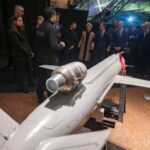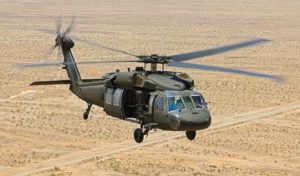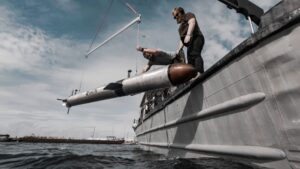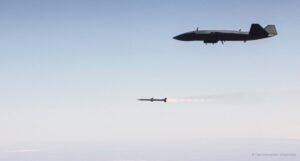
This summer, the U.S. may finalize an acquisition strategy for a "gapfiller" tanker to fill a five-year hiatus between the delivery of the 179th and final Boeing [BA] KC-46A Pegasus and the fielding of the first Next Generation Air-Refueling System (NGAS). Boeing and Airbus are in the running for that gapfiller tanker--Airbus with an A330 Multi Role Tanker Transport. Last October, Lockheed Martin said it had chosen not to respond to an Air Force Request for Information (RFI) on the…














